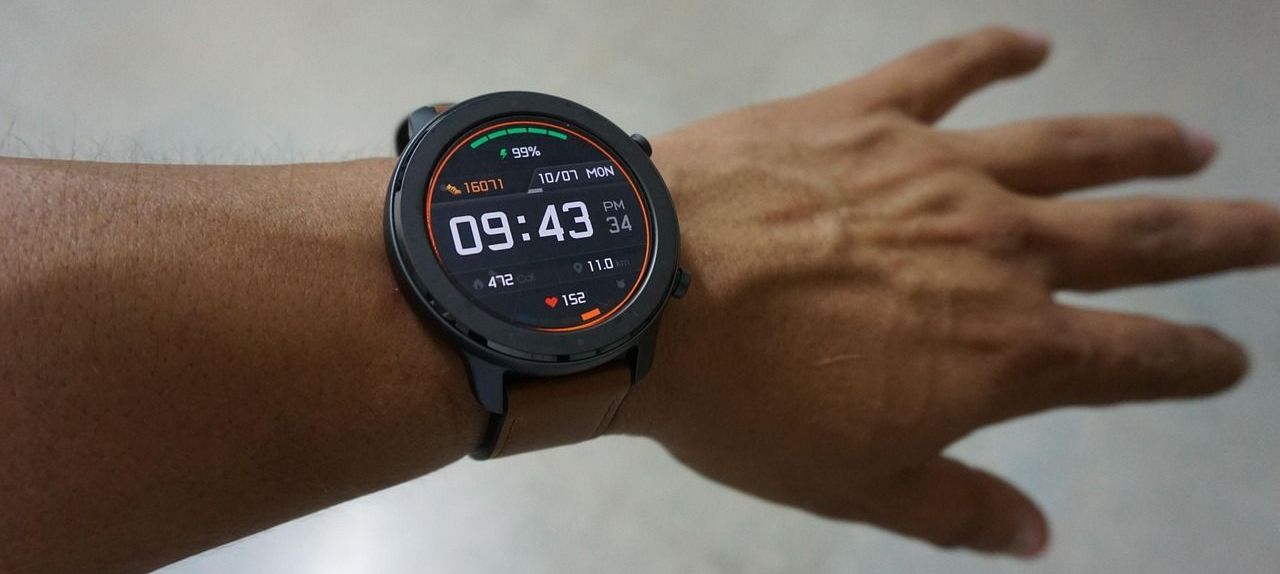Understanding Sleep Apnea: Consequences and Technology for Better Sleep

About the Author
Ron B is a globally recognized expert in personal and professional development, holding multiple advanced certifications, including:
- Master Practitioner of NLP (MNLP): Expert in Neuro-Linguistic Programming, helping individuals rewire their thought patterns for success.
- Master NLP Coach (Executive & Life): Skilled in coaching executives and individuals to reach their full potential.
- Master Practitioner of Timeline Therapy™ (MTLT): Specializing in releasing negative emotions and limiting beliefs to foster a more empowered future.
- Board Designated Hypnosis Trainer (TCHt): Authority in utilizing hypnosis for transformation and behavioral change.
- Certified Value Builder: Proficient in enhancing business value and driving entrepreneurial success.
- International Tax Specialist: Knowledgeable in global tax strategies and financial planning.
With a deep passion for guiding people towards greater health and wealth, Ron B has dedicated their career to being a catalyst for change. They advocate for a shift from our current reactive sick care system to one of proactive care, empowering individuals to take charge of their well-being and financial future.
Through this blog, Ron B aims to share insights, strategies, and inspiration, helping entrepreneurs lead energized and lengthy lives that are fulfilling.
Sleep apnea is a common but serious sleep disorder that affects millions of people worldwide. Characterized by repeated interruptions in breathing during sleep, sleep apnea can have severe consequences for both short- and long-term health if left untreated. Fortunately, advancements in technology offer innovative solutions to help manage and treat this condition.
What Is Sleep Apnea?
Sleep apnea occurs when the airway becomes partially or completely blocked during sleep, leading to breathing pauses that can last from a few seconds to minutes. These pauses often result in disrupted sleep and reduced oxygen levels in the blood. The two main types of sleep apnea are:
- Obstructive Sleep Apnea (OSA): Caused by physical blockages in the airway, such as relaxed throat muscles or excess tissue.
- Central Sleep Apnea (CSA): Occurs when the brain fails to send proper signals to the muscles responsible for breathing.
Consequences of Untreated Sleep Apnea
Untreated sleep apnea can significantly impact health and quality of life. Here are some of the key consequences:
- Daytime Fatigue: Frequent awakenings prevent restorative sleep, leading to excessive daytime drowsiness and reduced productivity.
- Cardiovascular Issues: Sleep apnea is linked to high blood pressure, heart disease, and stroke due to the strain caused by fluctuating oxygen levels.
- Cognitive Impairments: Poor sleep can lead to memory problems, difficulty concentrating, and mood disorders such as depression and anxiety.
- Diabetes Risk: Sleep apnea is associated with insulin resistance and an increased risk of type 2 diabetes.
- Reduced Quality of Life: Chronic fatigue, irritability, and health complications can affect personal and professional relationships.
Recognizing the Symptoms
Sleep apnea often goes undiagnosed because its symptoms occur during sleep. Common signs include:
- Loud snoring
- Episodes of stopped breathing, often observed by a partner
- Gasping or choking during sleep
- Morning headaches
- Dry mouth or sore throat upon waking
- Difficulty staying asleep (insomnia)
- Daytime sleepiness or irritability
Racial and Ethnic Disparities in Sleep Apnea
Research has shown that sleep apnea prevalence and severity can vary across different racial and ethnic groups due to a combination of genetic, socioeconomic, and healthcare access factors. Key findings include:
- African Americans: Studies indicate that African Americans are at a higher risk for sleep apnea compared to other groups. This may be due to a higher prevalence of obesity, hypertension, and other risk factors, as well as structural healthcare inequities.
- Hispanic/Latino Populations: Research suggests that Hispanic individuals also experience a higher prevalence of sleep apnea, possibly linked to elevated rates of obesity and metabolic syndrome within this group.
- Asian Populations: Despite lower rates of obesity, Asian populations are disproportionately affected by sleep apnea. Anatomical differences, such as craniofacial structure, may contribute to the increased risk.
- Caucasians: While sleep apnea is common among Caucasians, the prevalence is generally lower compared to African Americans and Hispanics, though it remains significant.
These disparities highlight the importance of tailored approaches to diagnosis and treatment that consider the unique challenges faced by different populations. Increased awareness and equitable access to care are critical in addressing these disparities.
Technology to Manage Sleep Apnea
Modern technology has revolutionized the diagnosis and treatment of sleep apnea. Here are some key advancements:
- Continuous Positive Airway Pressure (CPAP) Machines:
The gold standard for treating sleep apnea, CPAP machines deliver a steady stream of air through a mask to keep the airway open during sleep.
- Bi-Level Positive Airway Pressure (BiPAP) Devices:
BiPAP devices provide variable air pressure, making them suitable for people who find CPAP machines uncomfortable.
- Oral Appliances:
Custom-fitted dental devices reposition the jaw or tongue to keep the airway open, offering a less invasive alternative to CPAP.
- Sleep Apnea Apps:
Smartphone apps can track sleep patterns, snoring, and breathing interruptions, providing valuable insights for early diagnosis.
- Wearable Devices:
Smartwatches and fitness trackers now include features that monitor oxygen levels, heart rate, and sleep quality, helping to detect potential sleep apnea symptoms.
- Implantable Devices:
Innovative treatments like hypoglossal nerve stimulation involve a surgically implanted device that helps keep the airway open by stimulating the tongue muscles.
- Advanced Diagnostic Tools:At-home sleep studies and portable monitoring devices allow for easier and more accessible diagnosis compared to traditional sleep labs.
Lifestyle Changes to Support Treatment
While technology plays a crucial role, certain lifestyle adjustments can enhance the effectiveness of treatment:
- Weight Management: Losing excess weight can significantly reduce OSA severity.
- Avoid Alcohol and Sedatives: These substances relax throat muscles, increasing the risk of airway blockage.
- Sleep Positioning: Sleeping on your side instead of your back can prevent airway collapse.
- Establish a Sleep Routine: Prioritize consistent, quality sleep by maintaining a regular schedule.
Final Thoughts
Sleep apnea is a manageable condition, and early recognition and intervention are key to avoiding its potentially life-threatening consequences. With a combination of cutting-edge technology and healthy lifestyle changes, individuals with sleep apnea can achieve better sleep and improved overall health. If you suspect you or a loved one might have sleep apnea, consult a healthcare professional to explore the best diagnostic and treatment options.
Get your FREE Guide to Graceful Aging - 6 Tips To Avoid Red Face Moments, by clicking on the button below.







Energized Aging For Entrepreneurs




